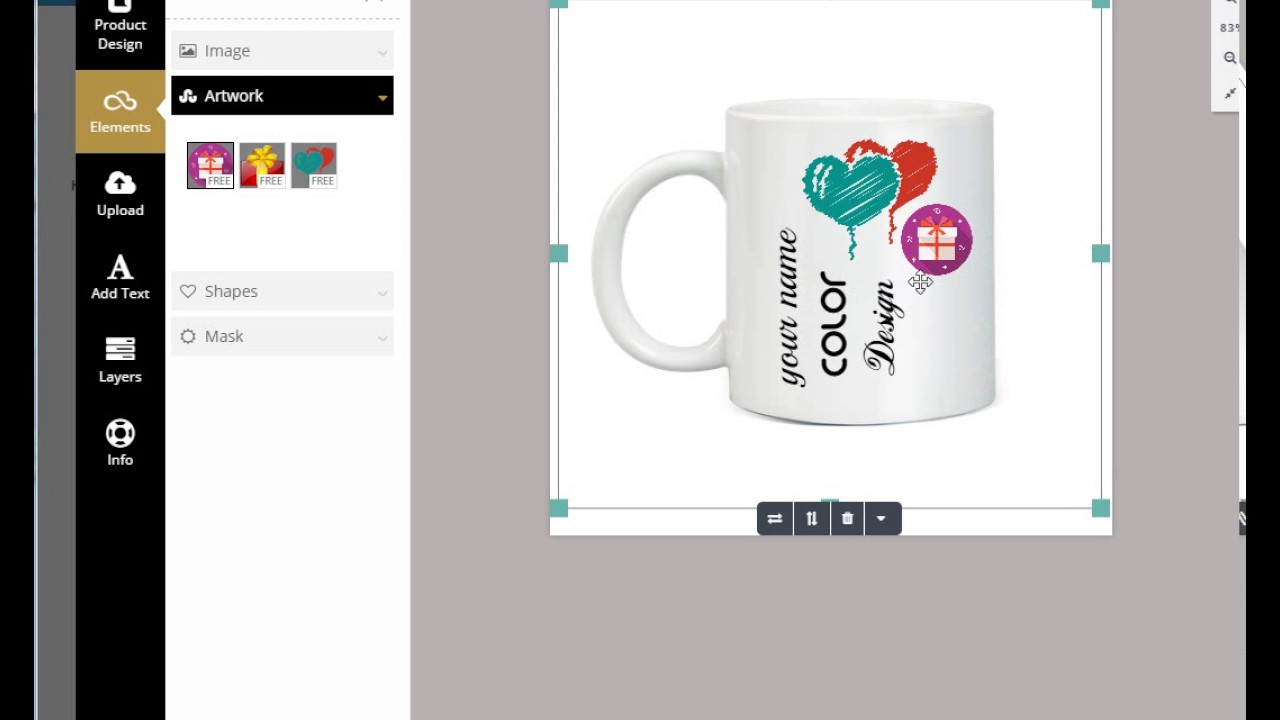Table of Contents
Product Design Tools: Revolutionizing the Design Process
Product design tools are essential for modern designers, offering features that streamline every stage of the design process. From sketching initial concepts to rendering high-fidelity prototypes, these tools enhance creativity and collaboration. The right design tools enable designers to visualize their ideas clearly, test functionalities, and gather user feedback, ensuring that the final product is both aesthetically pleasing and functional. Overview of Product Design Tools: Product design tools can be categorized into several types based on their functionality:- Sketching and Wireframing Tools: Used for creating rough drafts and blueprints of the product layout.
- Prototyping Tools: Allow designers to build interactive models of the product to test usability and gather feedback.
- 3D Modeling and Rendering Tools: Used for creating detailed and realistic representations of the product.
- Collaboration Tools: Facilitate teamwork by allowing multiple designers to work on a project simultaneously and share feedback.
- Usability Testing Tools: Help in evaluating the product’s functionality and user experience.

